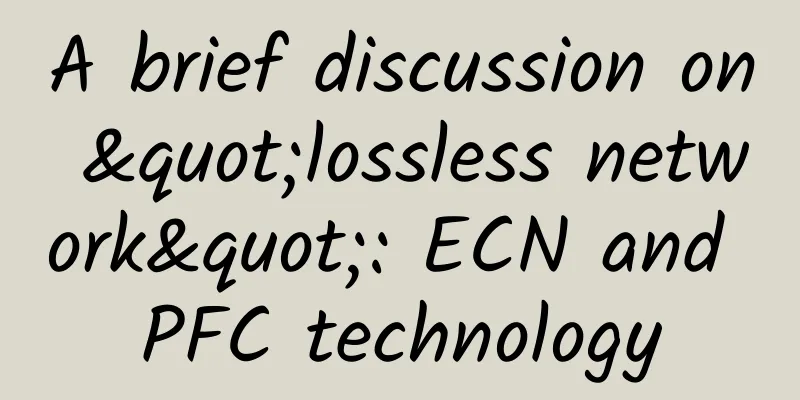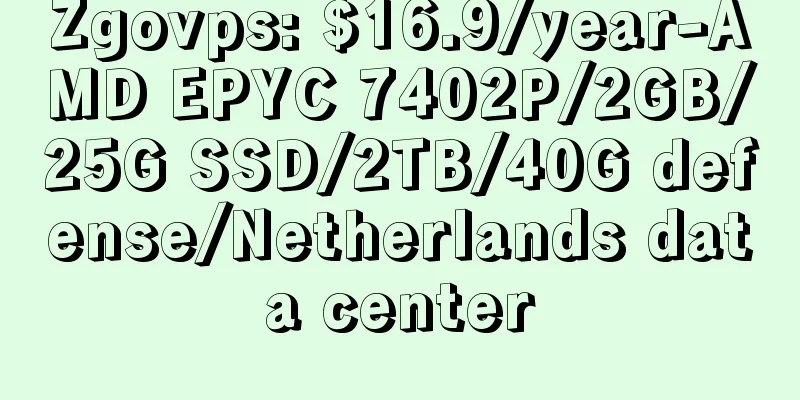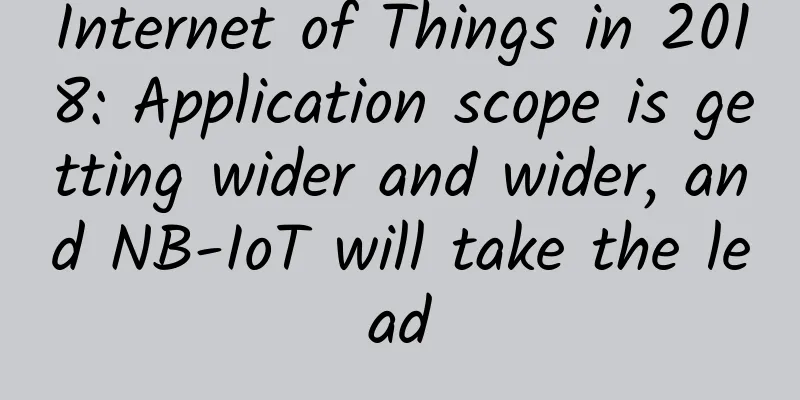A brief discussion on "lossless network": ECN and PFC technology

Basic concepts of lossless networkFirst of all, the most core feature of data center is lossless network. Traditional data center network presents three separate networks, that is, high-performance computing network, storage network, and general computing network use different protocols and interfaces. As the Ethernet rate exceeds 800G and the Ethernet-based RDMA protocol (RoCEv2) is applied, the integration of three networks has become the development trend of data centers, and high throughput, low latency, and zero packet loss have also become the requirements of current data centers. These three requirements are called lossless network characteristics. Disadvantages of high-speed forwarding in traditional networksBased on the lossless network characteristics of the data center, some functional requirements are also put forward for the equipment. When data is forwarded on the Ethernet, when there is congestion and packet loss caused by burst traffic, it will affect the network transmission delay. The typical topology is shown in the following figure: In order to reduce latency and solve the packet loss problem, Ethernet introduced flow control technology. However, traditional flow control technology has two obvious defects:
Working defects of traditional fluid control technology: To solve these two problems, switches introduce two functions to meet lossless requirements: PFC and ECN. How lossless networks workPFC (Priority-based Flow Control) adds the concept of priority to the traditional flow control technology. It can distinguish the traffic of services with different priorities and meet the requirements of ensuring high-priority service traffic. It is a point-to-point protocol. It truly realizes the sharing of links by multiple traffic. However, the problem of reduced system throughput caused by flow control transmission cannot be avoided. ECN (Explicit Congestion Notification) was created to solve this problem. It actively reduces traffic by notifying the sender before triggering flow control, thus avoiding affecting the throughput of the entire network. It is an end-to-end protocol. The combined effect of these two functions ensures lossless transmission of data in Ethernet. |
Recommend
Huawei Releases New Intelligent Network Equation: AI+SoftCOM = Autonomous Network That Never Fails
[51CTO.com original article] "Building a ful...
Maxthon host 20% off, Hong Kong CN2/Korea CN2/Los Angeles CN2 and other 2G memory starting from 56 yuan per month
It has been a while since I shared information ab...
How much do you know about these "routines" of the air conditioning system in the data center computer room?
Preface: As a chilled water system with centraliz...
If 2G and 3G networks are to be shut down, can users still use their mobile phones to surf the Internet and make calls normally?
Recently, the news that China Mobile's 3G bas...
CAICT's first batch of AIOps systems and tools evaluations, Borui Data was rated "comprehensive" for anomaly detection module
Recently, Swift-AI, the intelligent operation and...
K2P (22.10.3.42) disassembly and flashing records
A few years ago, I bought a K2P (A2) for my frien...
Three things you need to know before embarking on the journey of becoming a data scientist
【51CTO.com Quick Translation】 Currently, the indu...
IPv6 has a "red" start, and Internet giants are showing their talents!
After "getting up early and arriving late&qu...
Mingjingtai blockchain helps the real economy, and Jileduo's new model is launched today
On November 27, 2018, Mingjingtai, a distributed ...
A collection of network failure and cause analysis (with solutions included)
[[265984]] In life and work, we will inevitably e...
Five ways 5G will change manufacturing
5G could help realize the ideal of modular factor...
What are honeypots, honey baits, honey tags, honeynets, honey farms... in network security?
As security practitioners, whether we are doing p...
Global spending on 5G network infrastructure nearly doubled in 2020
According to the latest forecast from Gartner, gl...
HostYun Hong Kong EQ data center triple network CMI backhaul VPS monthly payment starts from 27 yuan, 1~10Gbps bandwidth
HostYun also offers VPS hosts in Hong Kong Equini...









